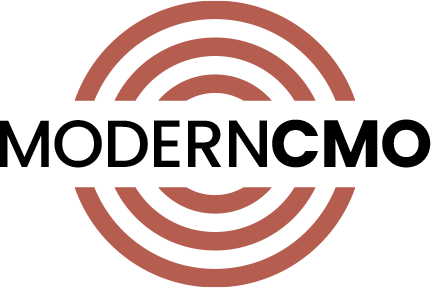The most effective budget allocation strategy for marketing dollars can vary significantly depending on your business goals, industry, target audience, and the specific marketing channels you’re utilizing. However, a commonly used and recommended approach is the “ROI-driven budget allocation strategy.” Here’s how it works:
- Set Clear Objectives: Start by defining your marketing objectives. What are you trying to achieve with your marketing efforts? Examples include increasing brand awareness, generating leads, boosting sales, or improving customer retention.
- Calculate Your ROI: For each marketing channel or campaign, calculate the return on investment (ROI). This involves tracking the revenue or profit generated from each channel relative to the costs associated with it.
- Prioritize High-ROI Channels: Identify which marketing channels or campaigns provide the highest ROI. These are the strategies that are delivering the most value for your marketing dollars.
- Budget Allocation: Allocate a larger portion of your marketing budget to the high-ROI channels. These channels are likely to have the greatest impact on achieving your business objectives.
- Constant Monitoring and Optimization: Continuously monitor the performance of your marketing efforts. If a particular channel or campaign is underperforming, consider reallocating funds to higher-performing areas or adjusting your strategy.
- Testing and Experimentation: Set aside a portion of your budget for experimentation. Try out new marketing channels or strategies to see if they can provide a positive ROI. Over time, reallocate more budget to those that prove successful.
- Seasonal Adjustments: Be prepared to adjust your budget allocation seasonally or in response to market trends. Consumer behavior and demand can change throughout the year.
- Customer Segmentation: Segment your target audience and allocate budget accordingly. Invest more in marketing efforts that target high-value customer segments.
- Integrated Campaigns: Consider integrated marketing campaigns that utilize multiple channels synergistically. For example, a digital advertising campaign might drive traffic to a well-optimized landing page for conversion.
- Adapt to Market Shifts: Be flexible and ready to adapt to market shifts or unexpected events, such as economic downturns or industry disruptions.
It’s important to note that the optimal budget allocation strategy can evolve over time as your business and market conditions change. Regularly reviewing your ROI data and staying informed about industry trends can help you make informed decisions about where to allocate your marketing dollars for the best results.
Remember that there is no one-size-fits-all approach, and the right budget allocation strategy for your business will be unique to your circumstances and goals.


